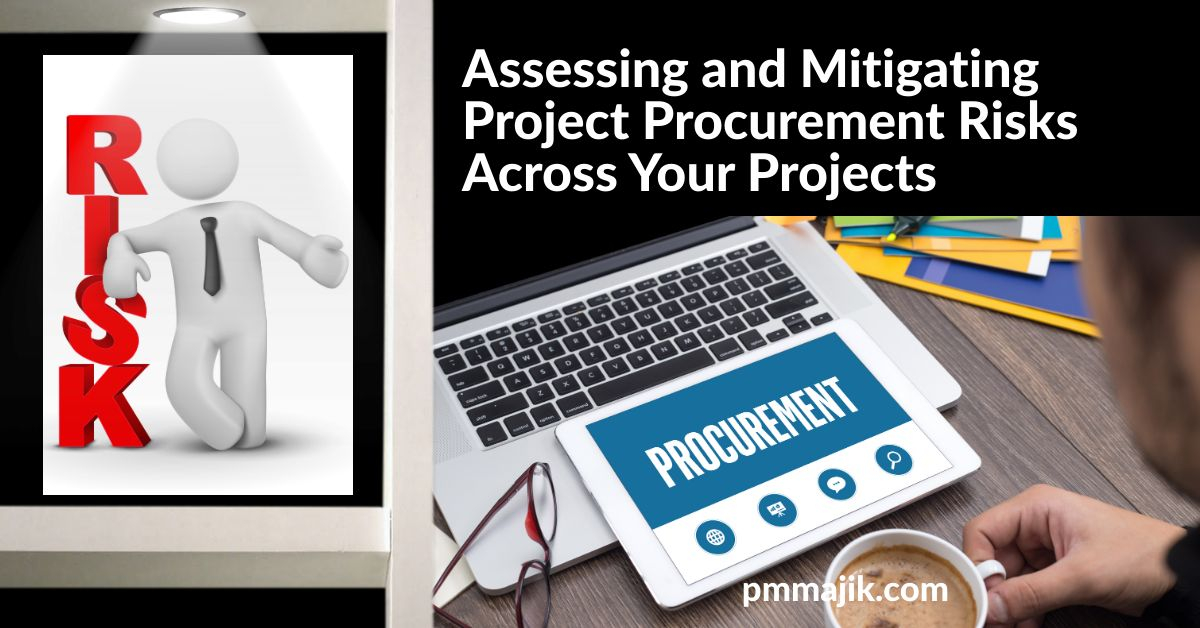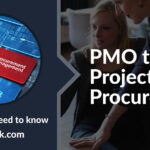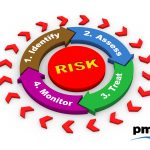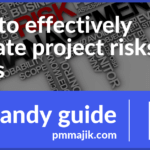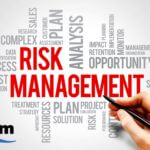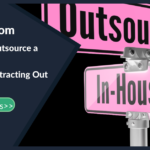Purchasing the right materials at the right time for the projects under your project management office (PMO) can be the make or break of your budget. Assessing and mitigating the project procurement risks across your projects will help keep costs under control.
Project procurement risk is when there is a failure in the purchase of services, products, or resources that your projects requires. There is a risk that costs will escalate, and timelines can be pushed if procurement isn’t done well.
To help you guide your project managers through the project risk assessment for procurement, we’re going to look at:
- The four most common types of project risk
- Tactics to use to mitigate procurement risk in projects
- Examples of positive procurement risk
What is project procurement risk?
Procurement risk is when there are problems sourcing what your projects need to get the job done. This can have a knock-on effect with the:
- Quality
- Reliability
- Stakeholder satisfaction
- Reputation
Of your projects and your PMO.
There are four common procurement risks that need to be taken into account when conducting risk assessments for your projects. These are:
- Fraud and other associated malpractices. This can include project managers or procurement officers giving supply contracts to friends, conflicts of interest, and even potential bribery to ensure a procurement contract is signed. All can damage the reputation and drive up costs.
- Costs can change quickly in some fields. A project that relies on price sensitive items like fuel or other commodities can see wild fluctuations that are hard to predict. Other times vital software can be repriced or inflation isn’t taken into account.
- Quality can be in jeopardy when a vendor lacks standards. This can directly impact the deliverables of your project if sub-par parts have to be used. Other quality issues can derive from faulty software updates or regulatory changes to materials.
- Delivery of goods that have been bought carries risks. Particularly if your projects work on Just in Time production, you could have problems when there are traffic jams, a shortage of shipping containers, or a natural disaster occurs at the production site. Losing internet connection for a day can cause delivery issues for software projects.
How can my PMO minimise procurement risk?
Elements of procurement risk like natural disasters or infrastructure problems can be hard to plan for. However, your PMO has other elements that can be built into project procurement to mitigate the worst of the risks.
Needs analysis
At the start of each project, ensure there is a detailed needs analysis completed. This should include knowing when items will be needed and what the lead time is for ordering them. You can prevent schedule and budget risk with good needs analysis, too.
Supply chain management
The wider business should have strong supply chain management to prevent contract fraud. Your PMO can ensure it’s adhered to, following vendor evaluation and purchasing audit procedures. This can keep costs down when there is a strong understanding of where supplies come from.
Contract management
A contract isn’t just about agreeing on a price and date for delivery. Negotiating strong contracts for your projects should include quality control and timeframe expectations. Including penalties for delays or failures can mitigate at least some of the costs your PMO could incur.
What is positive procurement risk?
Whilst there are lots of things that can go wrong with procurement, there are positives that you should be aware of. Prices of goods can be cut due to trading changes or a change in the pricing structure for one of your software packages.
Other potential positives include unexpected upgrades to items, discounts for larger orders, and vendor bonuses. When a positive risk happens, be sure to celebrate it across your projects and analyse why it happened so you can try to replicate it.
The take-home
Whenever products or services need to be purchased for your projects, there is risk involved. Having the awareness to be able to assess and mitigate project procurement risks can keep a lid on a range of other risks that your projects can face, such as time overruns, cost increases, and technology challenges.
